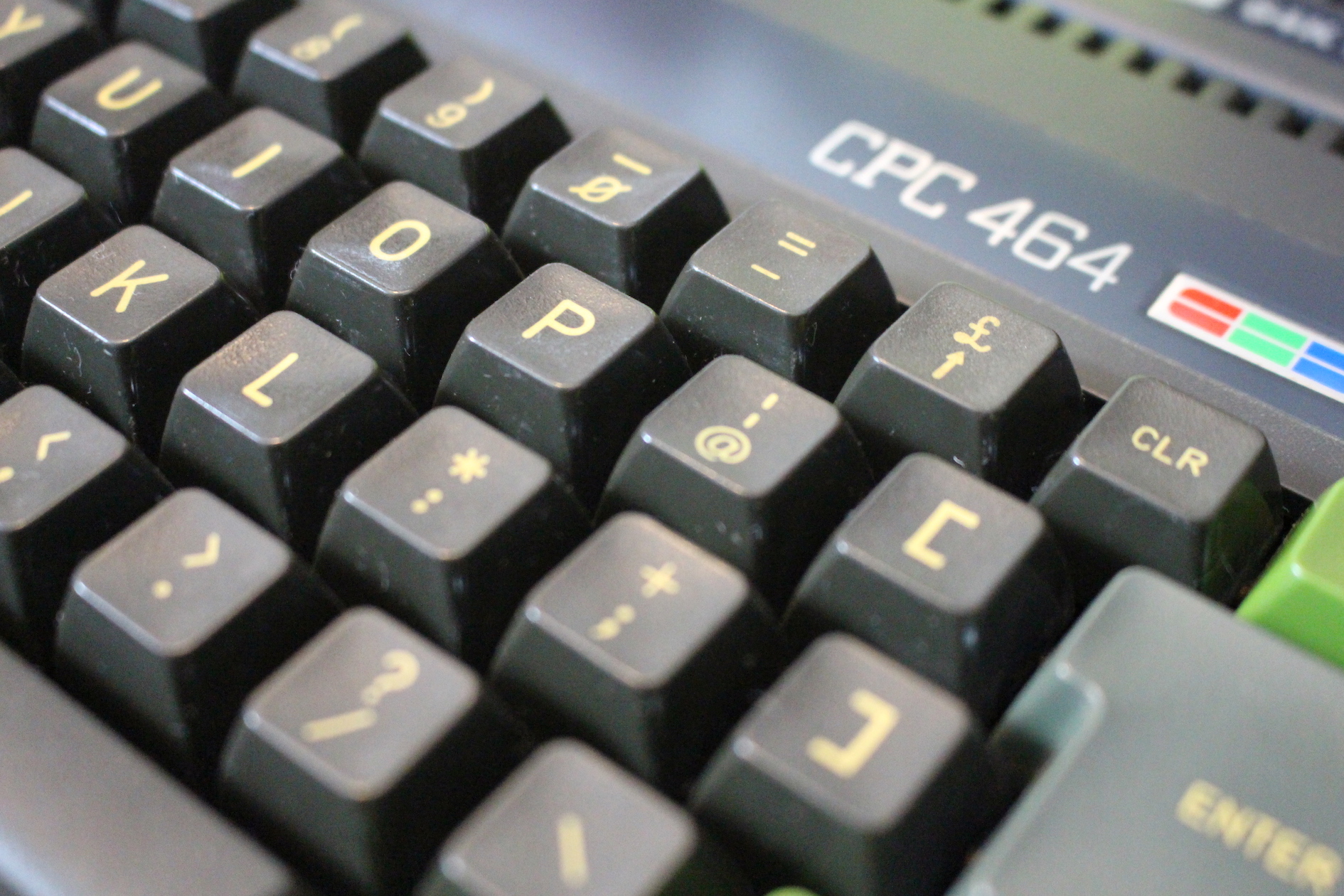Thirty-five years ago, Rumbelows on Edgeware Road, London opened its doors to a crowd eager to get their hands on the cutting edge of new home computer technology. It was the launch of Amstrad’s new machine, the CPC 464 – the system that had been lauded by the computer press of the time.
The CPC 464, or “Arnold” to its friends, had brilliant specifications for a machine in its price bracket. It didn’t push the boundaries too far, but what it presented was a complete home computing package that would suit casual users, children, the more serious home user and small businesses – all in one system. This machine was special; and it was obvious to everyone who went in to that shop that the public knew it.
The machine sold 100 units in 1 hour, something that was mostly unheard of at the start of what would become the Great Home Computer Crash of ’84-85, where most of the start-up companies hoping to bring the next big-selling machine to market would instead see their companies collapse and even larger, more established firms were on the way to closure.
Software for the new machine flew off the shelves. Amstrad knew the success or failure of their machine hinged on having software to run on it, so they had spent months preparing for the system’s launch (you have to remember that Amstrad had working machines rolling off the production line in April 1984 but held back commercial release until June, just to make sure they had machines for developers to use).
The CPC464 launched with eighteen pieces of software and several book/software bundles for consumers to pick up alongside their new machines; although anyone who didn’t buy extra software would not be missing out. The system came with a Welcome to Amsoft cassette that included a few interactive programs to get you up and running with the machine, plus a comprehensive manual that included some programs to type-in (including a card game where the computer will cheat to make sure you don’t win all the time).
The software available on launch was varied and covered the range of markets the CPC hoped to bed itself into. For home users and small businesses, you could get Easi-Amsword to use your new computer like a word processor. Children and casual users would be able to enjoy some early CPC games, such as Sultan’s Maze; a feat of early CPC coding, considering it is a game presented in first-person 3D but it’s entirely coded in Locomotive BASIC.
Locomotive BASIC was the CPC’s ace in the hole, to borrow a phrase. It’s a full version of BASIC, implemented directly in the CPC’s ROM and ready to use from the moment you turn the computer on. It’s feature-rich, it’s powerful and it’s all you’ll ever need if you want to start coding for you computer in human-readable format. Software is still being written for the CPC in Locomotive BASIC to this day (we just completed a game in it live on YouTube, for example) as a testament to how good this BASIC is.
The launch of the Amstrad CPC 464 was a wake-up call to the home computer industry in the 1980s. The last of the Big Four machines that would dominate the decade had arrived and it was obvious to anyone paying attention at the time that Amstrad intended to stick in the market for the long haul.
It may not have had the market dominance in the education sector like the BBC and the ZX Spectrum/Commodore 64 duo had already had a few years to bed in but the CPC moulded itself a place in the home micro market that other competitors just couldn’t touch.
35 years on and the CPC is still going strong, with new games and software coming out for it on a regular basis. Those who had one loved it; those who didn’t have one missed out. It’s a powerhouse machine whose limits have yet to be fully explored – and as this amazing Vespertino demo from BG Games shows, there’s nothing quite like the Amstrad CPC.
Happy birthday, Arnold!
